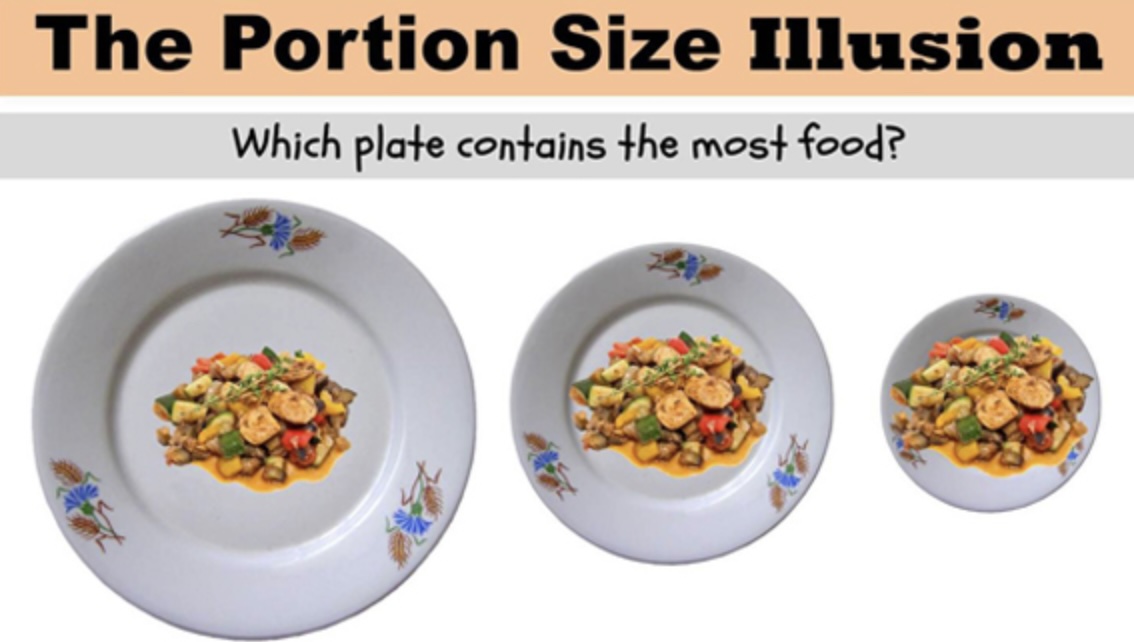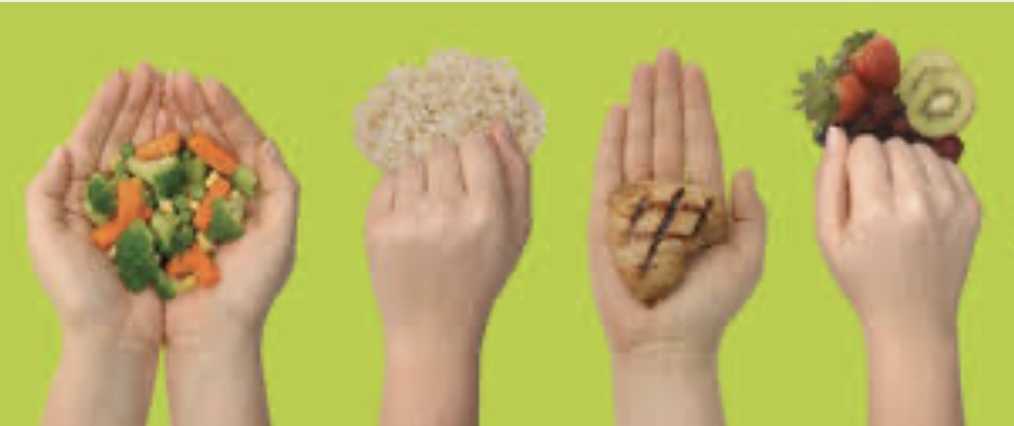Are you looking to optimize your nutrition and improve your overall health?
Understanding and managing portion sizes is a powerful tool you can add to your arsenal.
It’s not about restriction, but rather about mindful eating and ensuring your body gets the right amount of nutrients to thrive.
Why does portion size matter?
Over time, our portion sizes have increased, contributing to an epidemic of overeating and weight gain. According to the NIH, portion sizes in U.S. restaurants have “doubled or tripled” over the past 20 years, distorting what Americans think is a normal portion. Consistently consuming larger portions than our body requires can lead to various health problems, including weight gain and an increased risk of chronic diseases like heart disease and diabetes.
Portion control helps us:
- Avoid Excess Calories: Larger portions mean more calories, and overconsumption of calories can lead to weight gain.
- Support Healthy Digestion: Large meals can overload the digestive system, leading to discomfort and indigestion. Smaller, well-portioned meals are easier to digest.
- Balance Nutrient Intake: Controlling portion sizes helps ensure a balanced diet, providing the body with the right amounts of vitamins, minerals, and other essential nutrients from all food groups.
Understanding portion vs. serving sizes
It’s important to understand the difference between a portion and a serving size. A serving size is a standardized, measured amount of food, often listed on nutrition labels. A portion size is the amount of food you choose to eat at one time, which may be more or less than a serving size. To practice portion control effectively, aim to make your portion sizes align with recommended serving sizes.
Practical tips for mastering portion control
Here are some strategies to help you get started with portion control:
- Be Mindful of Your Plate: Divide your plate into sections: half for vegetables and fruits, one-quarter for lean protein, and one-quarter for grains.
- Use Smaller Dinnerware: Using smaller plates can make your portions look larger, potentially leading to feeling more satisfied with less food.

- Use Your Hands as a Guide: Your hands can be a handy tool for estimating portion sizes:
- Palm: approximately 3 ounces of protein (like meat or fish).
- Fist: roughly 1 cup of cooked grains, fruits, or vegetables.
- Cupped Hand: about ½ cup of food, like pasta, rice, or potatoes.
- Thumb: about 1 ounce, useful for estimating portions of cheese or a tablespoon of fats like oil or butter.

- Don’t Eat From the Package: Pour snacks into a small bowl to avoid overeating directly from large bags or containers.
- Prioritize Fiber and Protein: High-fiber vegetables and lean protein sources can help you feel fuller and more satisfied on fewer calories.
- Slow Down and Savor: Eating slowly allows your body time to register fullness signals, preventing overeating.
- Hydrate Before Meals: Drinking a glass of water before eating can help fill you up and reduce the likelihood of overindulging.

- Be Mindful When Dining Out: Consider splitting an entree, asking for a half portion, or taking half of your meal home.
- Plan and Prepare Meals: Portioning your meals and snacks can help you stay on track and avoid impulsive choices.
By incorporating these simple portion control strategies into your daily routine, you can make significant strides toward achieving your nutrition goals and maintaining a healthier lifestyle….It’s about building a better relationship with food and empowering yourself to make choices that support your overall well-being.
